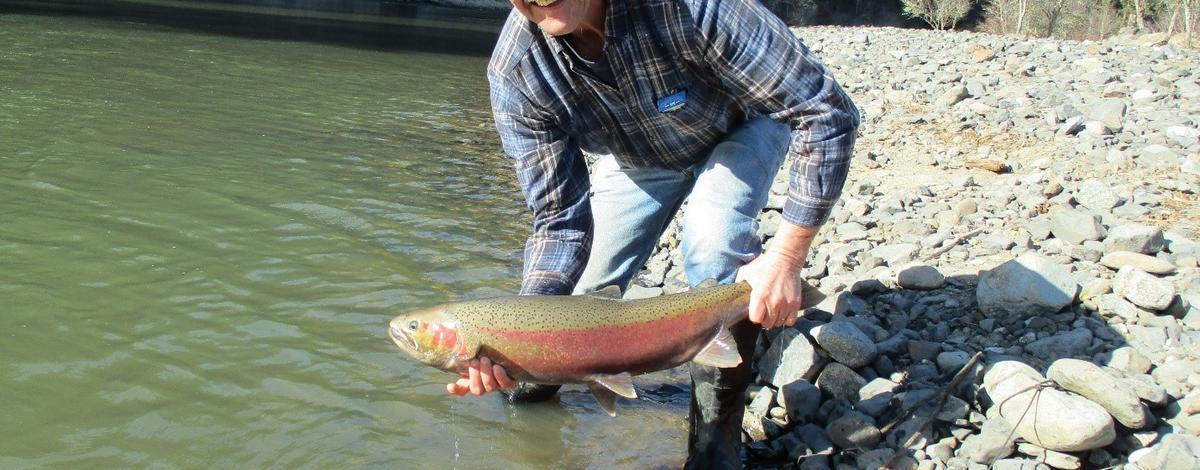By Jaime Robertson and Allison Lebeda, Regional Fisheries Technicians
Since 2010, Idaho Department of Fish and Game has been recruiting volunteer anglers to catch adult steelhead from the South Fork Clearwater River. Hatcheries rely on anglers from around the region, other states, and even other countries to collect steelhead broodstock on the South Fork Clearwater River each year.
Fisheries managers depend on anglers to collect these fish because no weirs are operated on the South Fork Clearwater River to trap steelhead. These fish are collected to develop a localized steelhead broodstock for the South Fork. In theory, these fish will develop adaptations that will allow them to return at a higher rate to the South Fork Clearwater River compared to steelhead collected downstream at Dworshak Hatchery.
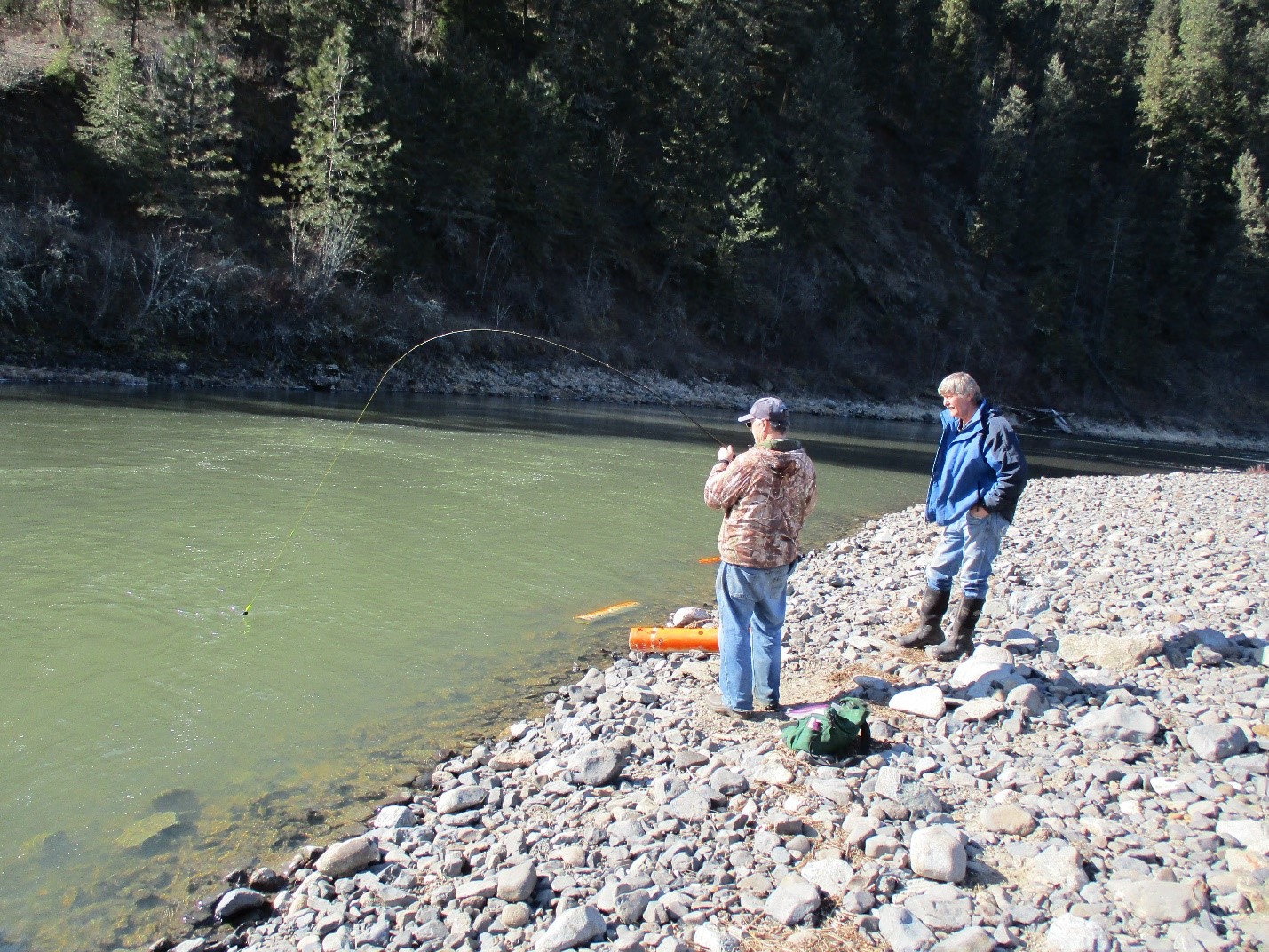
Through early April, Fish and Game staff will be out on the river from dawn to dusk, seven days a week, distributing tubes at popular fishing holes and signing up anglers interested in participating in the program. The program will continue until broodstock goals are met, or until early April, whichever comes first. The goal is to collect steelhead every day unless weather conditions become unsafe to collect and transport fish back to the hatchery.
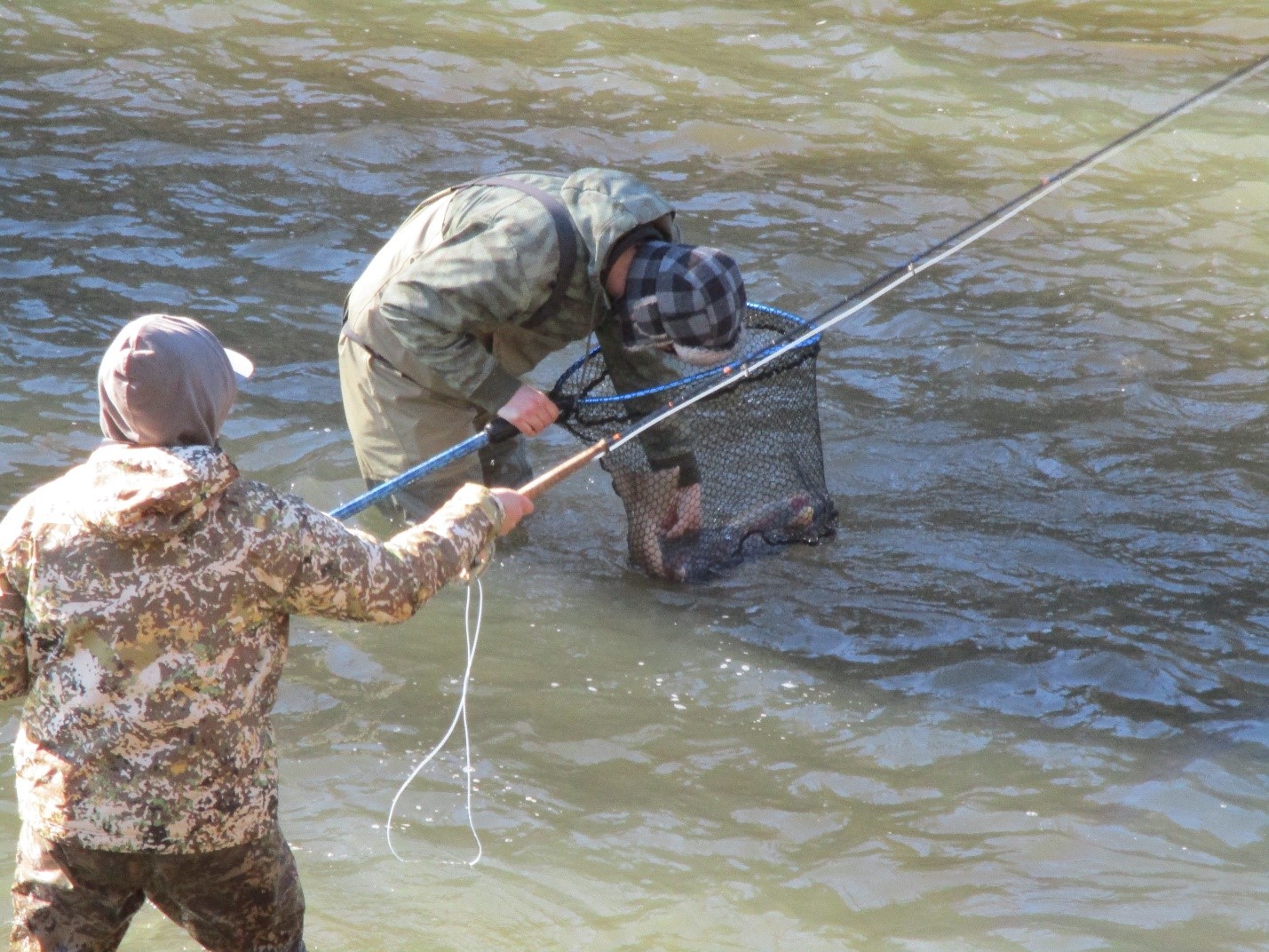
Anglers who would like to participate in the program will sign a volunteer form, which allows them to handle steelhead with an intact adipose fin as they put them into a tube. The tubes used to hold steelhead are large yellow or orange PVC pipes with holes in the side (pictured below). Anglers are instructed to place any steelhead they do not harvest in these tubes. Fish and Game staff will distribute PVC tubes each morning in areas where anglers are fishing, where steelhead can be safely transported from the river to the hatchery truck, and where Fish and Game has permission to access. Anglers are asked to leave the PVC tubes at the site when they leave the area.
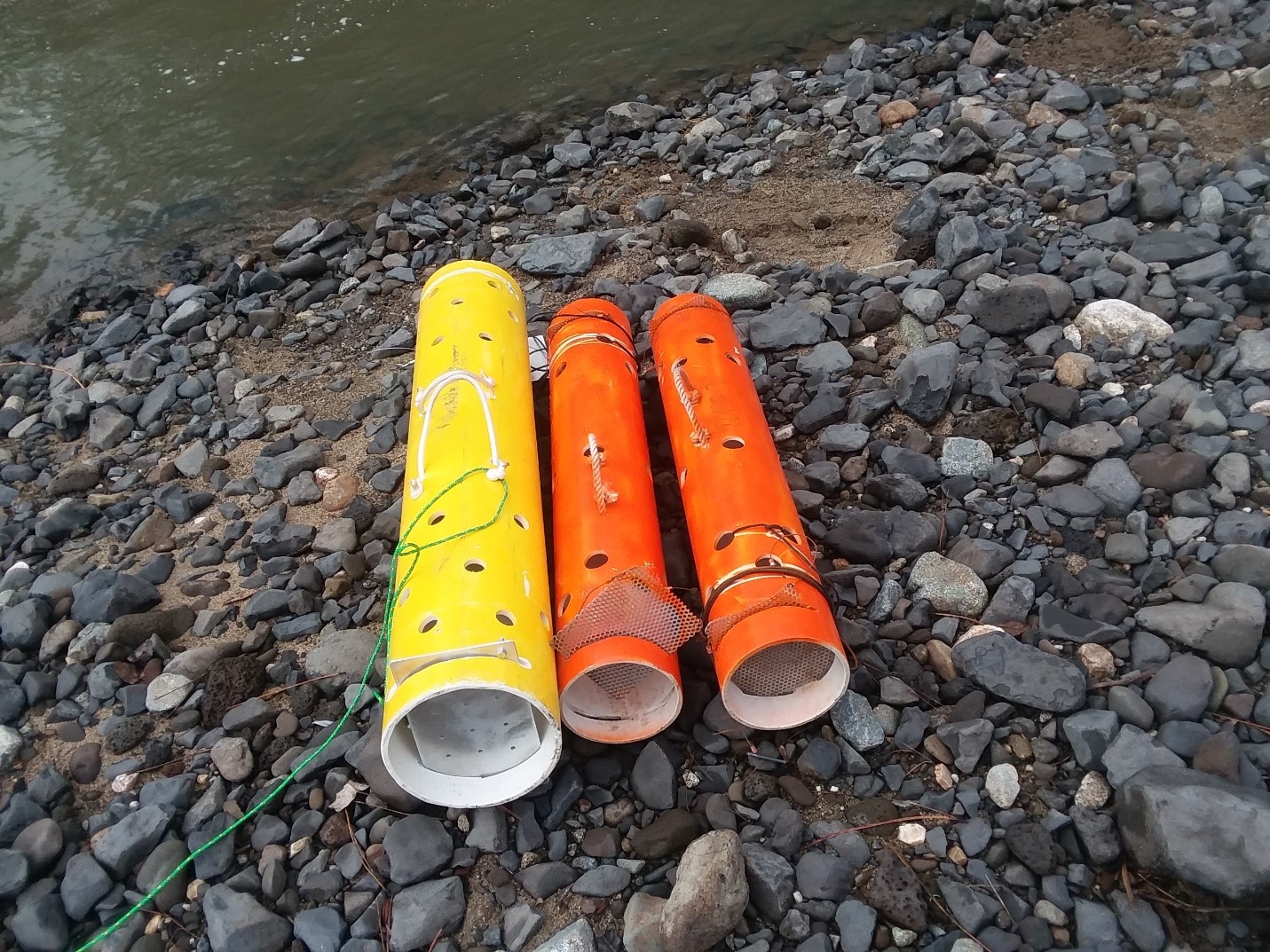
Fish and Game staff ask that anglers use the smaller orange PVC tubes first and reserve the bigger yellow PVC tubes for large steelhead that will not comfortably fit inside the orange PVC tubes. Only put one fish per tube, and place the tube in the river with the fish’s head facing into the current. This will ensure the fish receives ample oxygenated water until it can be collected by hatchery staff.
Fish and Game staff will check in with anglers throughout the day and relay to hatchery staff where steelhead are waiting to be collected. When hatchery staff stop to pick up the fish, they will determine whether the steelhead is a hatchery or wild fish and of the appropriate size. Some adipose-intact fish that appear wild are actually hatchery fish. This is why we ask anglers to tube any steelhead they catch even if it has an intact adipose fin. Truly wild fish and fish under a certain size will be released back into the river.
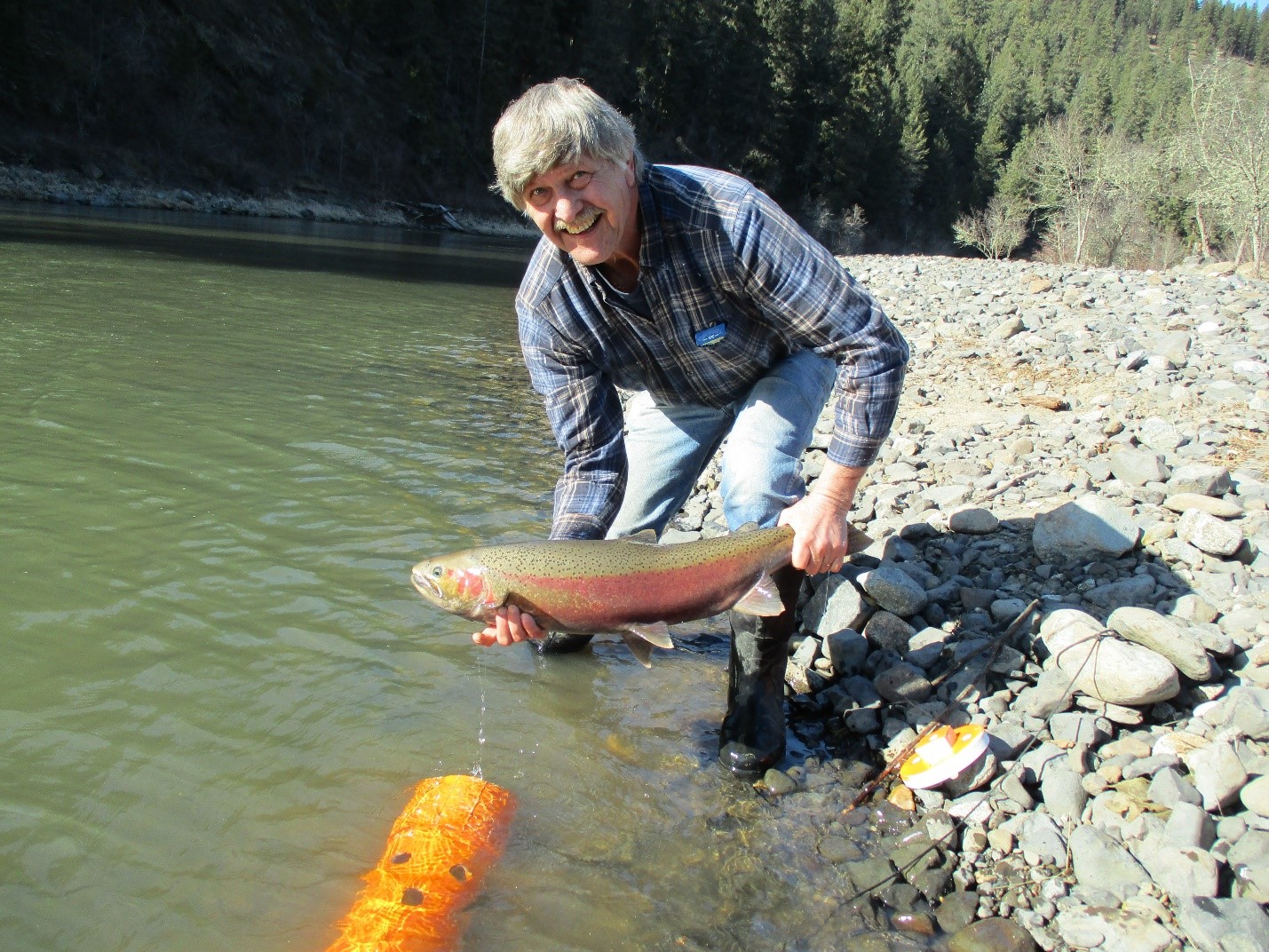
Staff estimates that around 7,000 hatchery steelhead that have spent two years in the ocean will be returning to the South Fork Clearwater River this year. They are confident that if anglers continue to participate in this program like they have in the past, Fish and Game will be able to collect the broodstock, and do all they can to ensure that steelhead will continue to return to the South Fork Clearwater River. The success of this program ultimately depends on the aid of anglers.

